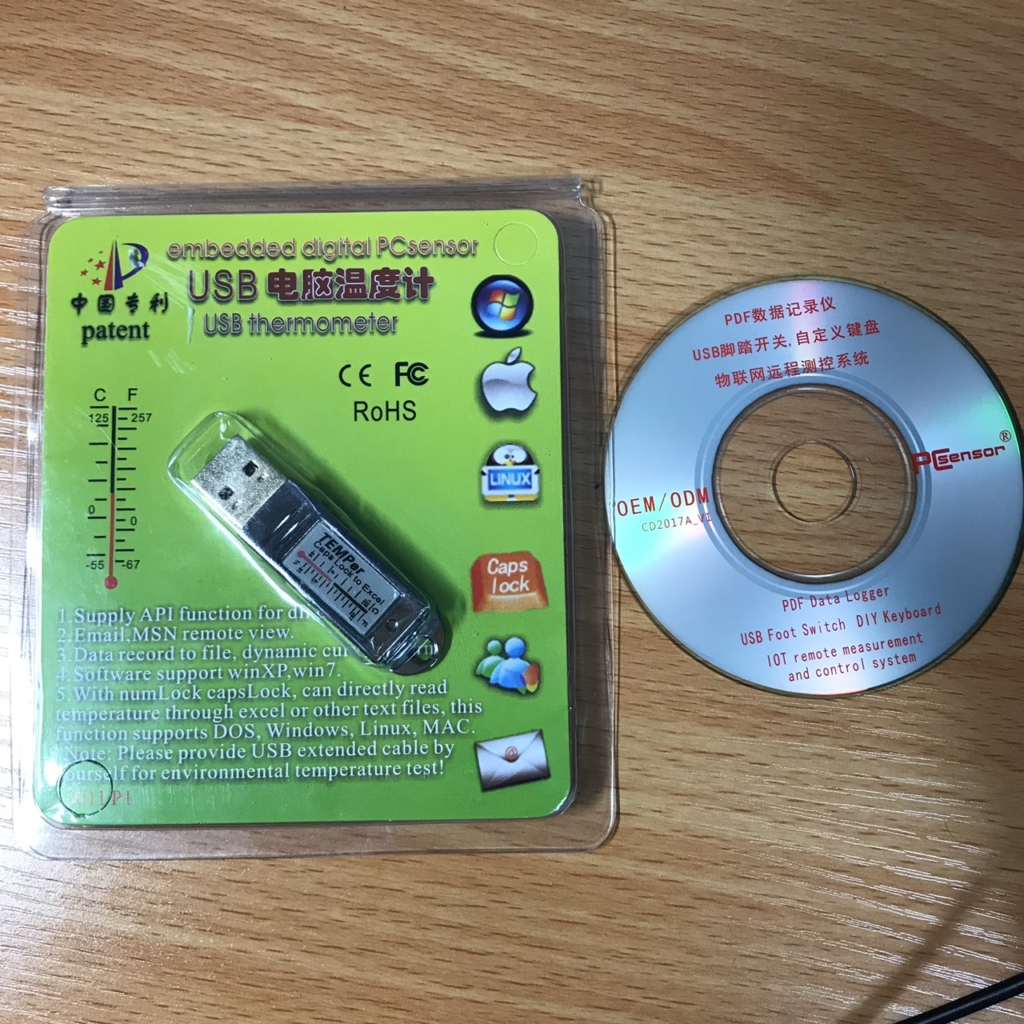
Sets the path to the directory to write the log files.īy default this points to the first USB drive connected to the system “/media/sda1/”. Re-enabling logging will increment the session counter which is reflected in the log file names (see Log File Naming Convention section). True triggers the logger to start trying to write logs to the output_directory.įalse will immediately close the current file and stop logging. The following settings appear in the standalone_logging section: These can be saved to flash to set the startup behavior. Settings available through the Swift Console are used to configure the logger and enable logging. Before a GPS fix is obtained, this time may begin at the start of Unix Epoch time. The files are timestamped on the file system according to the current time on Piksi Multi’s Linux core. The sequence label refers to the minutes elapsed at the beginning of the log file. The second 5 digit number (yyyyy) is the sequence label that reports the number of minutes since the current logging session began. If no files are present, the session number starts at 1 rather than 0. The starting session number is derived from parsing the files that exist already in the output_directory. The first four digit number (xxxx) is the session counter that increments each time the process doing the logging is restarted or Piksi is power cycled. Log files will be named according to the following convention: Additionally, these messages will be logged at the same rate as the soln_freq setting.
LINUX USB LOGGER SERIAL
The logging does not include additional timestamps or headers, and will appear equivalent to binary SBP data received from Piksi Multi over a serial port. More information on SBP can be found SBP Protocol Specification.īy default all SBP messages generated by Piksi Multi for external consumption will be written to the log. Piksi Multi will then attempt to create the next log file using the steps outlined above.ĭata logged to the USB drive will be formatted as Binary SBP (Swift Binary Protocol). When the number of minutes specified by the file_duration setting have past, the log will be closed and a “Rolling over log” message will be issued via SBP. If log file creation fails, a warning with the error message will be issued via SBP.ĥ - If the log file has been created successfully, SBP messages are written to this file as they are generated by Piksi Multi. An info log message with the filename will be issued via SBP. The first log of a session will have yyyyy be 00000. This file will be named xxxx-yyyyy.sbp where xxxx is the current session number and yyyyy is the number of minutes this logging session has been running. If no log files exist the session number is 1.Ĥ - Once the current session number is determined, a new log file will be created. If log files are found, the current session number will be set to the largest present session number +1.
LINUX USB LOGGER FREE
If the free space is less than the value specified by the max_fill setting, a warning (“Target dir full”) is issued via SBP.ģ - If there is space available on the device, the output_directory is searched for existing log files in order to determine the session number. If it is unavailable, a warning (“Target dir unavailable”) is issued via SBP.Ģ - If the output_directory is available for writing, check the free space remaining on the device. When enabled the USB logger exhibits the following behavior:ġ - Every 30 seconds, Piksi Multi checks the location specified by the output_directory setting to determine if it is available for writing. Instructions for creating a FAT formatted drive can be found here: The standalone logging functionality of Piksi Multi requires the USB drive to be formatted as FAT (FAT16 / FAT32 / exFAT). When using the Evaluation Board in conjunction with standalone logging, the USB drive may be simply connected to the USB Host port. Pinout information for this connection (USB1) can be found in the Piksi Multi Hardware Specification. Piksi Multi provides USB host connectivity via the 60 pin high density connectors.

Powering Piksi Multi Connecting a USB drive to Piksi Multi

This feature can be used for logging during system integration and testing or for production use cases that require post-processing of Piksi Multi data. This allows a minimal deployment of Piksi Multi without a connected PC.

Piksi® Multi is able to autonomously log data to a USB flash drive or SD card. The logger should be disabled before the media is removed. Solution home Knowledge Base Application Notes Piksi Multi - Standalone LoggingĬaution: Removing the recording device while logging is enabled can result in corrupted data.


 0 kommentar(er)
0 kommentar(er)
